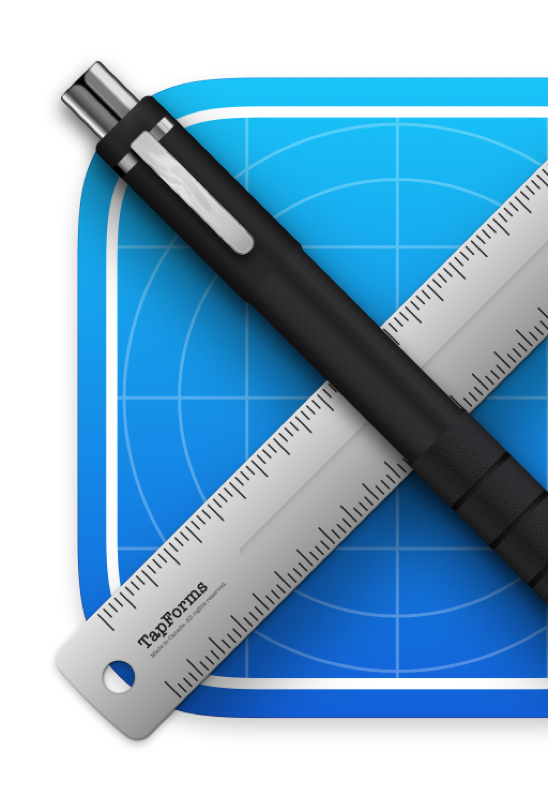When I used to use Bento it would get confused any time an imported image would get moved to another location and show broken link icons. I noticed with TP I could import an image and then delete it and it would still stay visible in the program. Does TP have another way of storing images from Bento? I hope it does since I wouldn’t have the frustration of broken links.
Yes, Tap Forms stores images inside the database itself. Well, not technically inside the database, but inside a folder along side the database. The image is encoded into a .blob file which is managed by the database. If you want to see them, you can right-click on your .tapforms document in the Finder and then select “Show Package Contents” and then navigate into the folder hierarchy until you see an “attachments” folder within the “db-…” folder. Note, there’s a separate “Attachments” folder along side the “db-” folder which is used to store aliases to files. It doesn’t get synced since it doesn’t make sense to sync aliases to files.
That’s great, I got so tired of having to keep relinking my Bento image files that I just gave up eventually.
This has changed in TFP, correct? The attachment directory is empty on my databases.
The Attachments folder inside the .tfpro document stores file alias links. Not the file attachments. In Tap Forms Pro the attachments are hidden within an invisible folder inside the db-blahblah.cd folder. That’s just how CoreData stores database blobs (binary large objects – aka media files).


